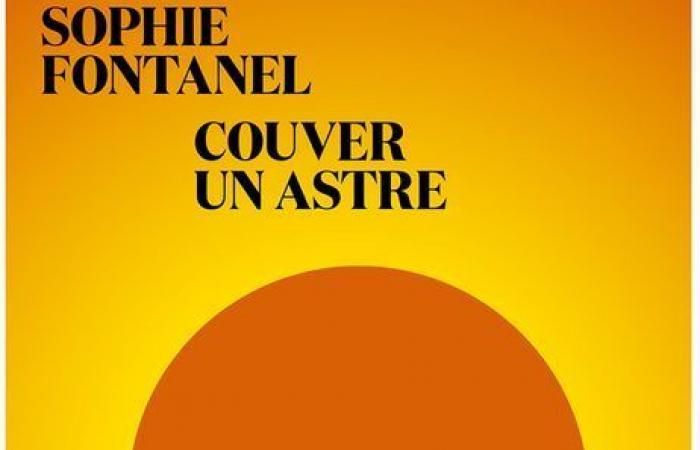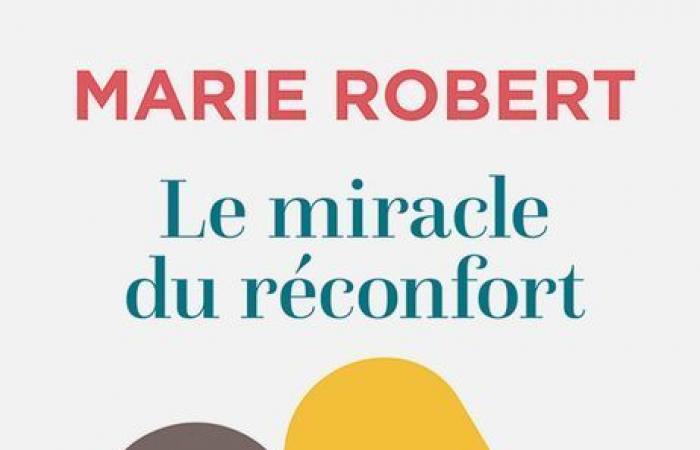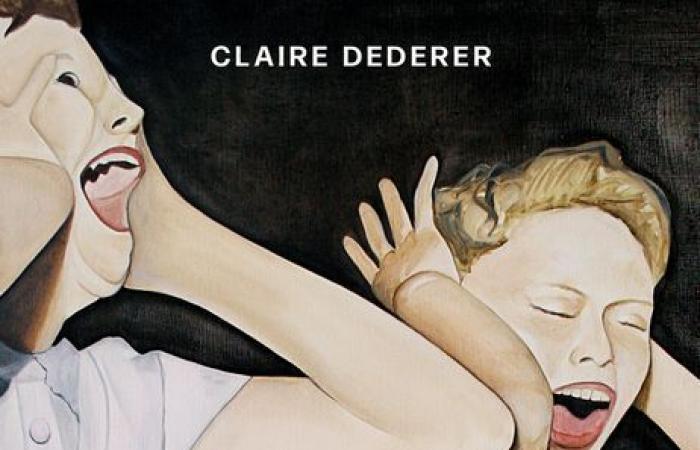1. Rise
Sophie Fontanel. © Dorian Fool
Be careful of the gentleness of “Couver un astre”, it is irrepressible… This enchanting text is an object as iconoclastic as its subject: the cauldron housing the Olympic flame. But yes, this story tells the story of a rapture, that of the writer by what she calls the Star or the Ball. However, their first meeting took place from afar, on the TV of a Greek island, on July 26 because, like many, Sophie Fontanel had taken off before the Olympic summer.
Sophie Fontanel constructs a work in which she often bares herself
Up close, from his apartment with a view of the Tuileries, the Boule is a revelation. She moves, she is alive, she is offered to him. She is everything she has dreamed of since childhood, to fly away. Touch the sky. Even closer, among the crowd who came to contemplate her, a feeling of obviousness takes over her, the illumination is collective, the “ecstasy ricochets from heart to heart”. “Brooding a star” expresses the experience of beauty. How it has this power to connect men, to give them confidence, to unhinder them, to elevate them. To reveal each one to himself too. “L'Envie”, “Une apparition”, “Capital of sweetness”, Sophie Fontanel constructs a work in which she often bares herself. But the way in which this Ball, suddenly, reveals her condition in absolute truth inspires the author to write the most dazzling pages she has ever written. A crowd jostles to see her, a child wants to climb on his mother's shoulders, Sophie Fontanel offers him hers: “I held him by the wrists to stabilize him. The softness of her skin disturbed me. This was what people's lives were like, contact with an immensely fragile epidermis. Softness. » Page 105 is the most beautiful catcher in the heart.
© Presse
“Couver un star”, by Sophie Fontanel (Éditions Seghers, 125 p).
2. Lighten up

Marie Robert. © Roberto Frankenberg
Comforting her fellow human beings is the goal that has always driven Marie Robert, the young philosopher with a luminous smile. Since his first book was published in 2018 (“Kant, you no longer know what to do, philosophy remains”), a real coherence has emerged from his writings, which undoubtedly explains his success (it has been translated in fifteen countries) . And which leads today to the essay which synthesizes all the others, “The Miracle of Comfort”. She addresses essential subjects: how beauty can heal us, why friendship is the basis of our existence, how fiction helps us live, where the essential role of wonder comes from.
His way of invigorating never involves big abstract messages
She does this by relying on great authors, Rousseau, Kant or Nietzsche, but also by looking for everyday examples, by providing concrete solutions, by evoking her own journey. Because behind her warm smile we sense a sensitive and worried soul, itself prey to doubt. His way of invigorating never involves big abstract messages. It's more like a friend who puts a hand on your shoulder and helps you hold on. This is why it is so valuable.

© Presse
“The miracle of comfort”, by Marie Robert (Flammarion, 272 p.).
3. Calm down
What to do with monsters and their works? Should we forever stop listening to Michael Jackson, watching Roman Polanski's films, or being ecstatic over Picasso's paintings? These questions, fascinating because it is very difficult to give them a clear answer, are the starting points for this essential book. Film critic, Claire Dederer invents a practical tool to help us live with these “monsters” that we are unable to stop loving.
How to approach the tainted after moral condemnation, and where to place the cursors?
Whether she is interested in the “genius” (who sacrifices everything to his art, for better or for worse), the “rockstar” (whose excesses are the very nature) or the “monster” (the woman creator who abandons her children to give herself a chance to live her life as an artist), Dederer suggests thinking about their failings through the prism of the “stain”, rather than monstrosity. “At the start, the task is an act, an instant taken in time,” but it irremediably colors, diffuses and contaminates the reception of the work. So how do we approach the tainted after moral condemnation, and where should we place the cursors? To get (us) out of the impasse, the writer recalls a few simple elements: our relationship to works is emotional and intimate – morality plays a secondary role; “the art you consume makes you neither a bad nor a good person”, and our choice to continue reading or not Virginia Woolf or Edith Wharton (very good representatives of the anti-Semitism of their time) has, basically, no importance; and finally, let's not judge too quickly, because we are all potential monsters. Claire Dederer walks without ever asserting, allows herself complex thinking and “yes, but” without giving up, and takes us by the hand with a singular generosity.

© Presse
“The monsters. Separate the work from the artist? », by Claire Dederer, translated from English by Carine Chichereau (Grasset, 352 p.).










